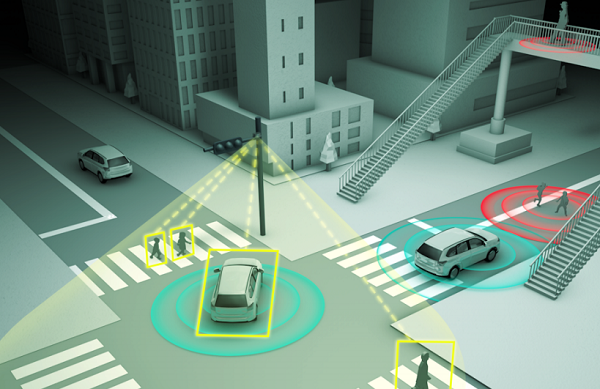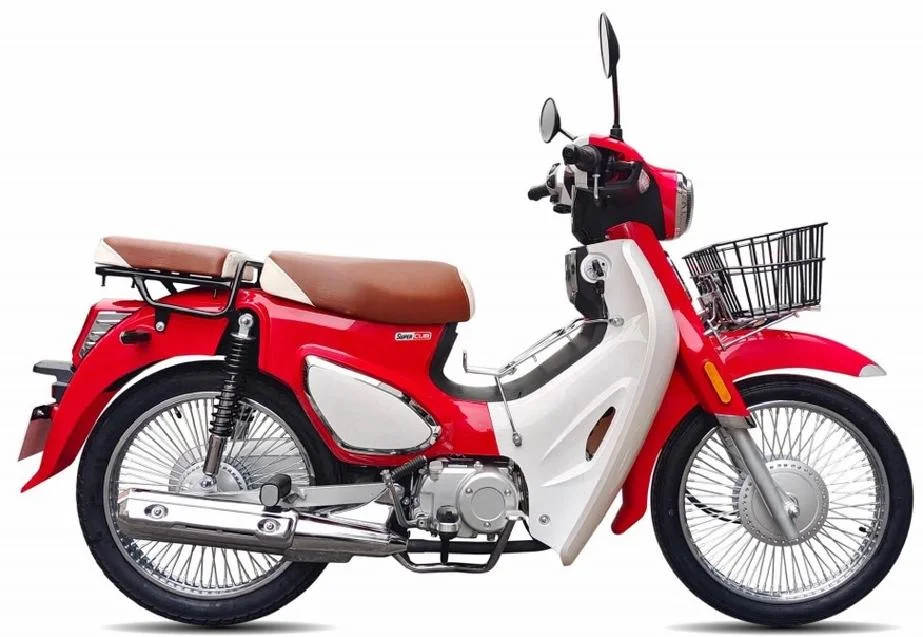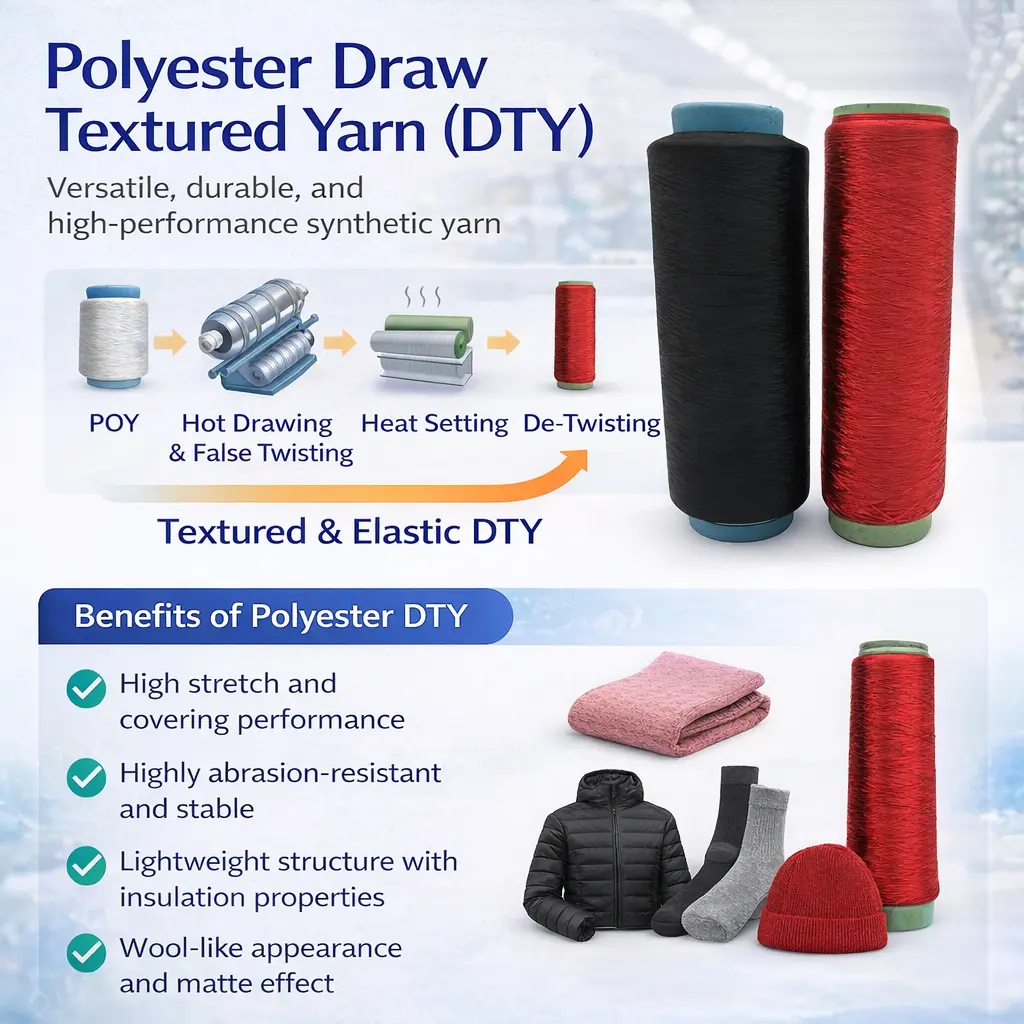Revolutionizing the Wheels: The Impact of IoT on Modern Transportation

The Internet of Things (IoT) is a revolutionary technology that has permeated various sectors, including healthcare, agriculture, and manufacturing. However, one of the most significant impacts of IoT can be seen in the transportation industry. This article will delve into how IoT is used in transportation, the benefits it brings, and the potential challenges it may pose.
IoT in transportation, often referred to as the Internet of Transport (IoT), involves the use of internet-connected devices to monitor and manage transportation systems and infrastructure. This technology is used in various aspects of transportation, including traffic management, vehicle maintenance, passenger information systems, and supply chain logistics.
Traffic Management
One of the most significant applications of IoT in transportation is in traffic management. IoT devices such as sensors and cameras are installed on roads and intersections to collect real-time data about traffic conditions. This data is then analyzed to optimize traffic flow, reduce congestion, and improve road safety. For instance, smart traffic lights can adjust their timing based on real-time traffic data, reducing waiting times at intersections and improving overall traffic flow.
Vehicle Maintenance
IoT is also used in vehicle maintenance to improve efficiency and reduce costs. Sensors installed in vehicles can monitor various parameters such as engine temperature, tire pressure, and fuel consumption. This data is then analyzed to predict potential issues and schedule preventive maintenance, reducing downtime and extending the lifespan of the vehicles.
Passenger Information Systems
In public transportation, IoT is used to provide real-time information to passengers. Sensors and GPS devices installed in buses and trains can track their location and speed, and this information is then displayed on digital signs at stations or on mobile apps. This allows passengers to plan their journeys more effectively and reduces uncertainty and stress.
Supply Chain Logistics
In the logistics sector, IoT is used to track and monitor goods in transit. Sensors and GPS devices are installed in trucks and containers to monitor their location, temperature, and humidity. This allows companies to ensure that their goods are transported under optimal conditions and to respond quickly to any issues that may arise.
While the use of IoT in transportation brings numerous benefits, it also poses some challenges. These include the need for robust cybersecurity measures to protect against data breaches and the need for regulations to ensure the privacy of individuals. Furthermore, the implementation of IoT in transportation requires significant investment in infrastructure and training.
In conclusion, IoT is revolutionizing the transportation industry by improving efficiency, reducing costs, and enhancing passenger experience. However, to fully realize the potential of this technology, it is essential to address the challenges it poses and to invest in the necessary infrastructure and skills.







